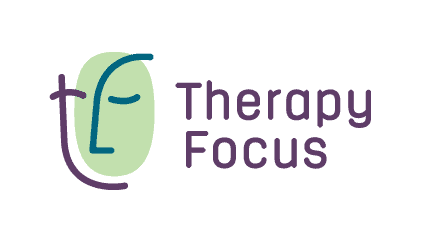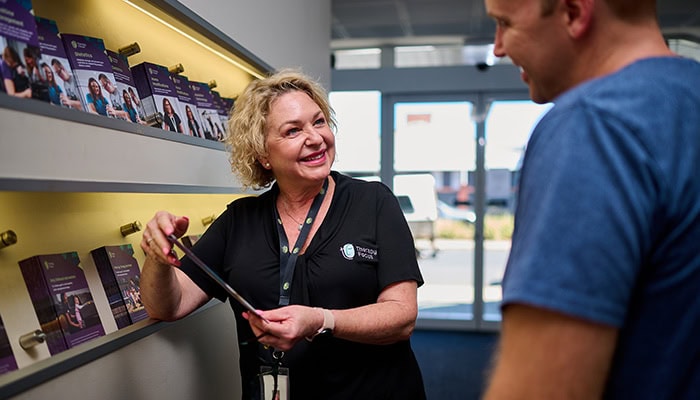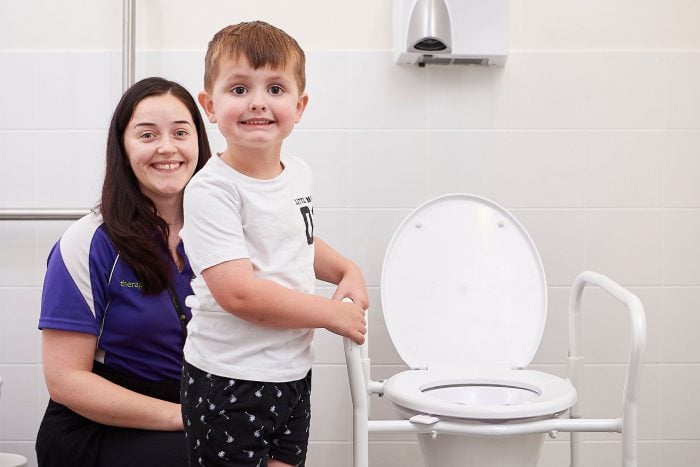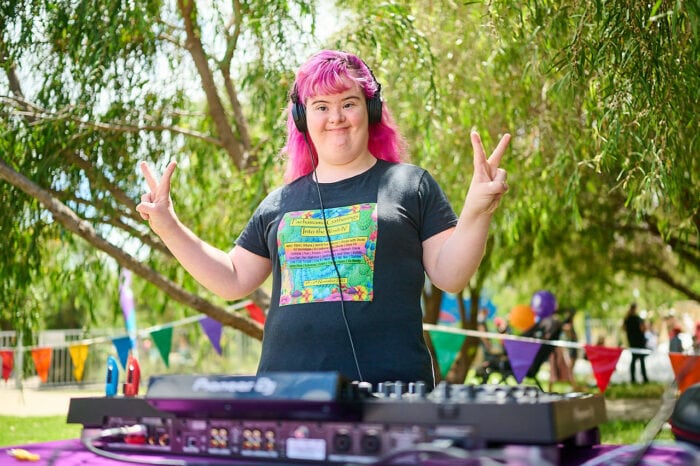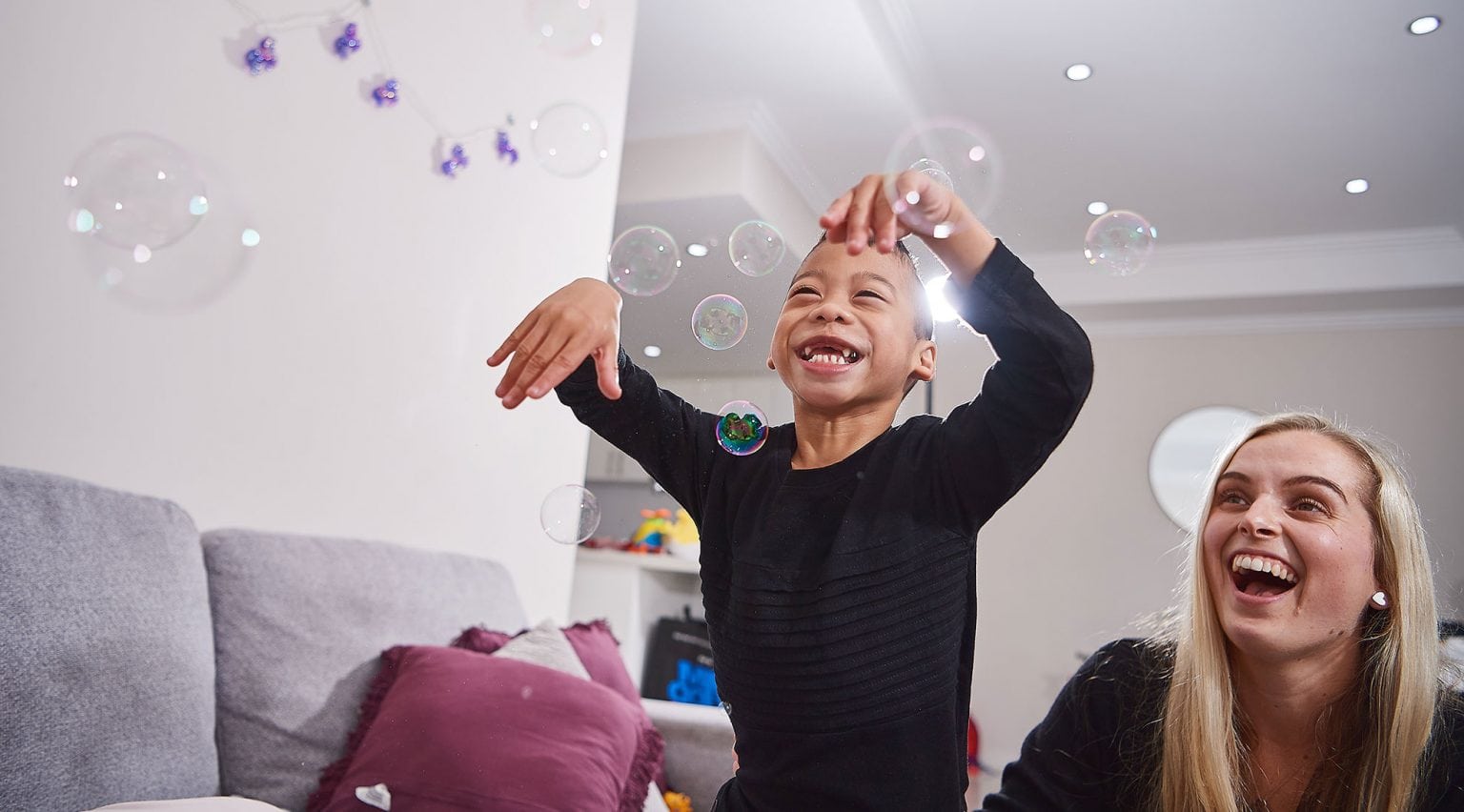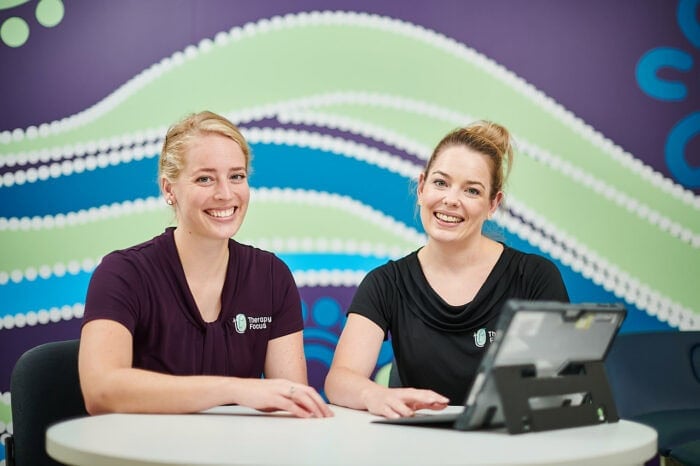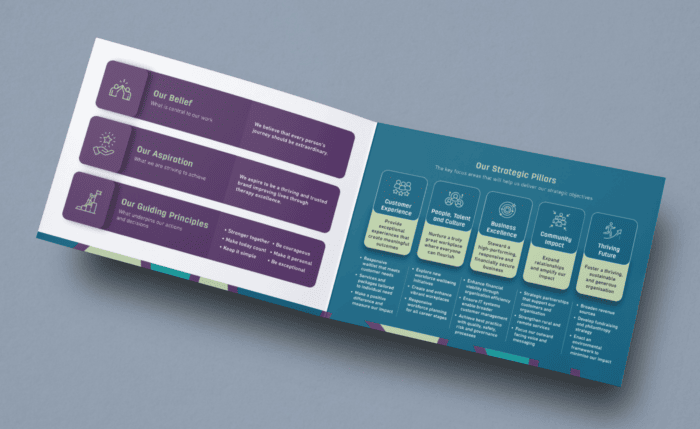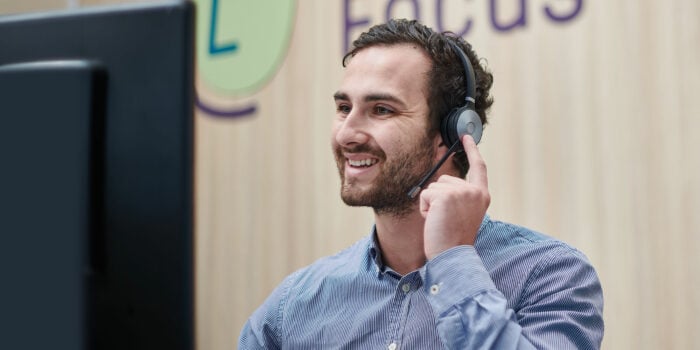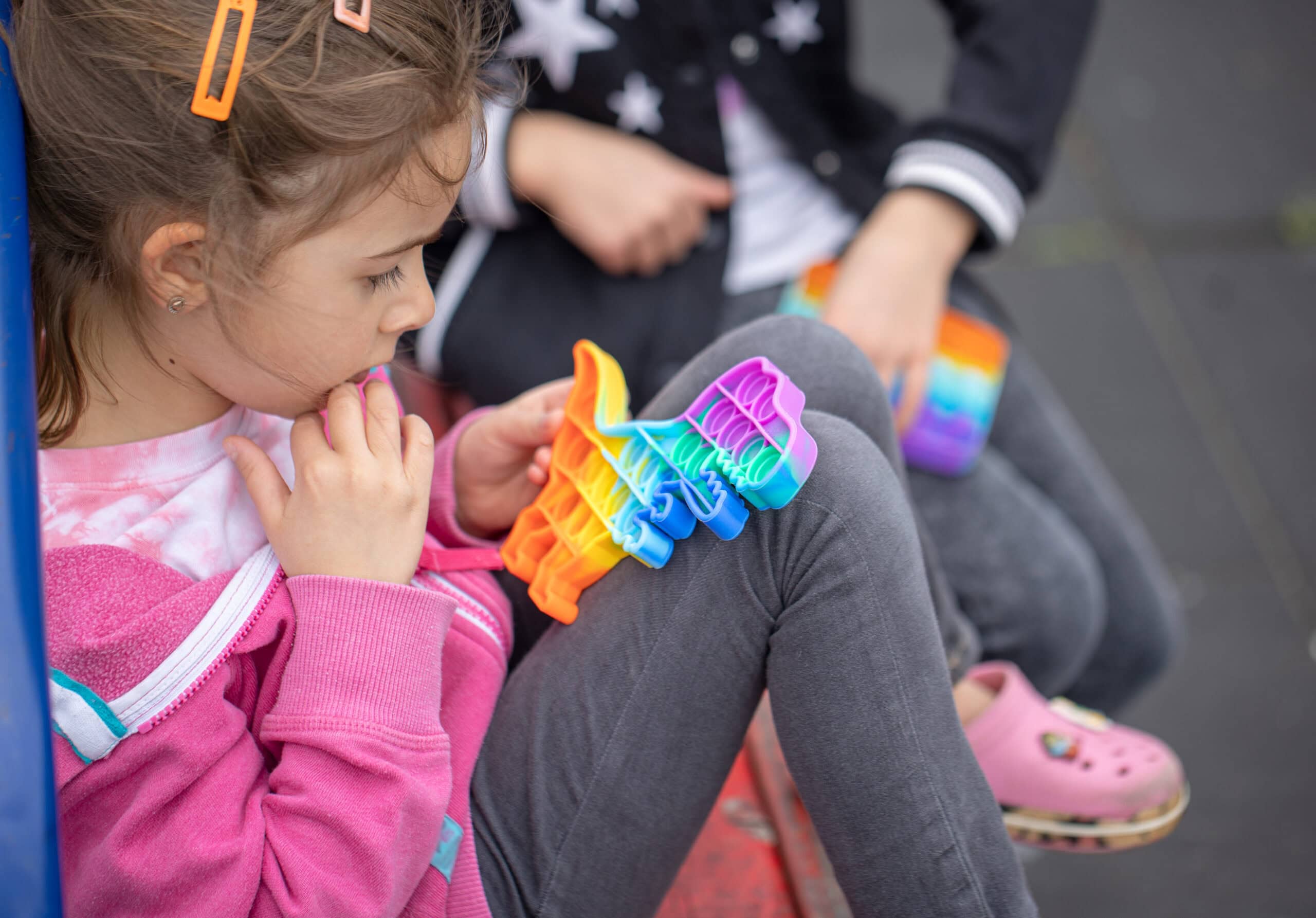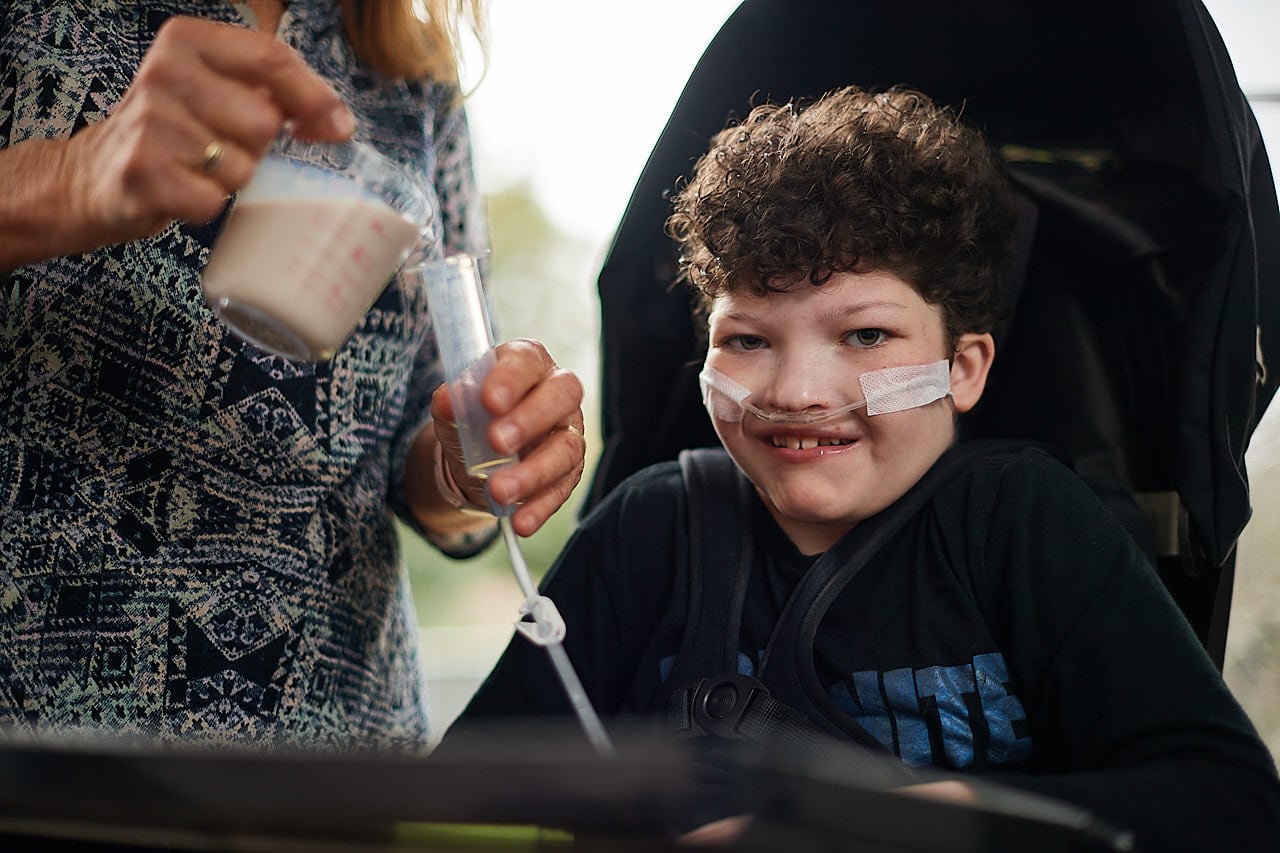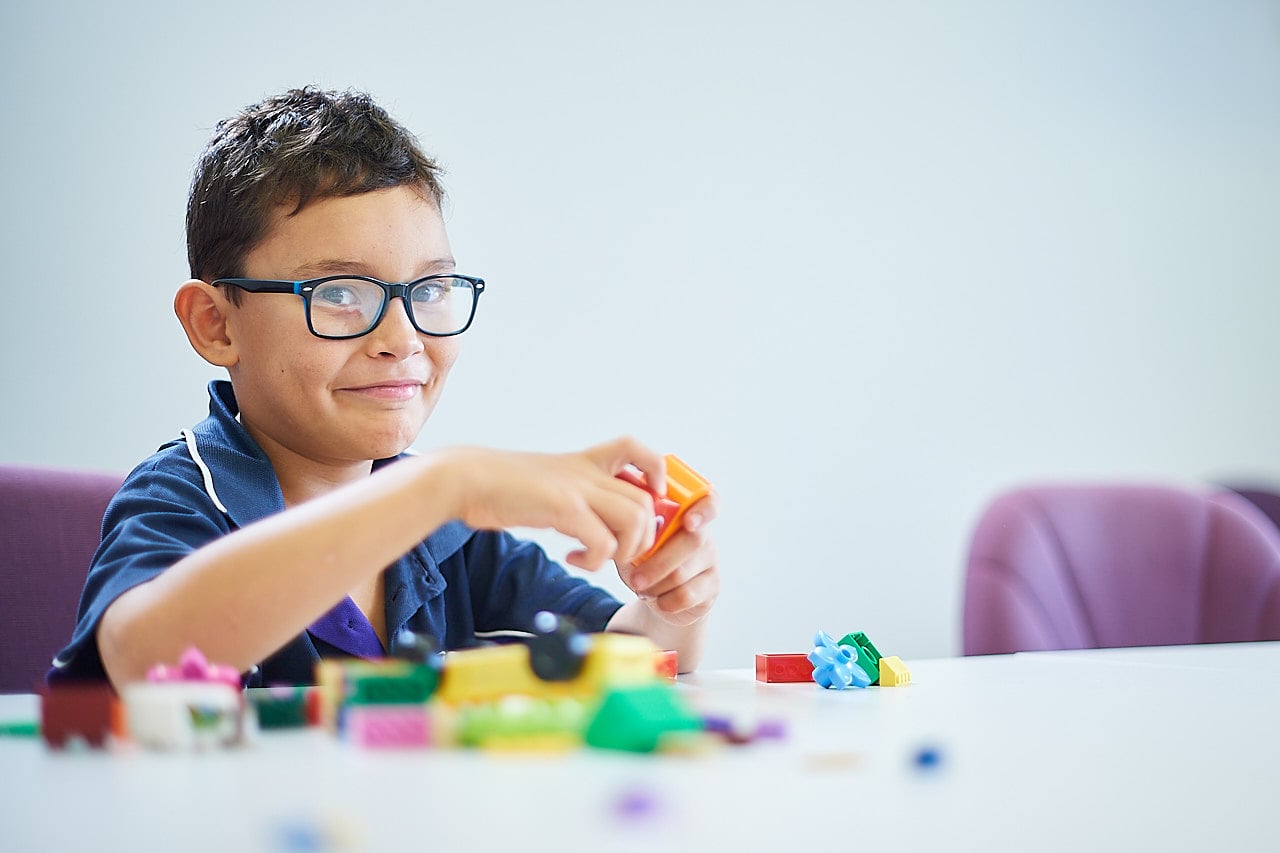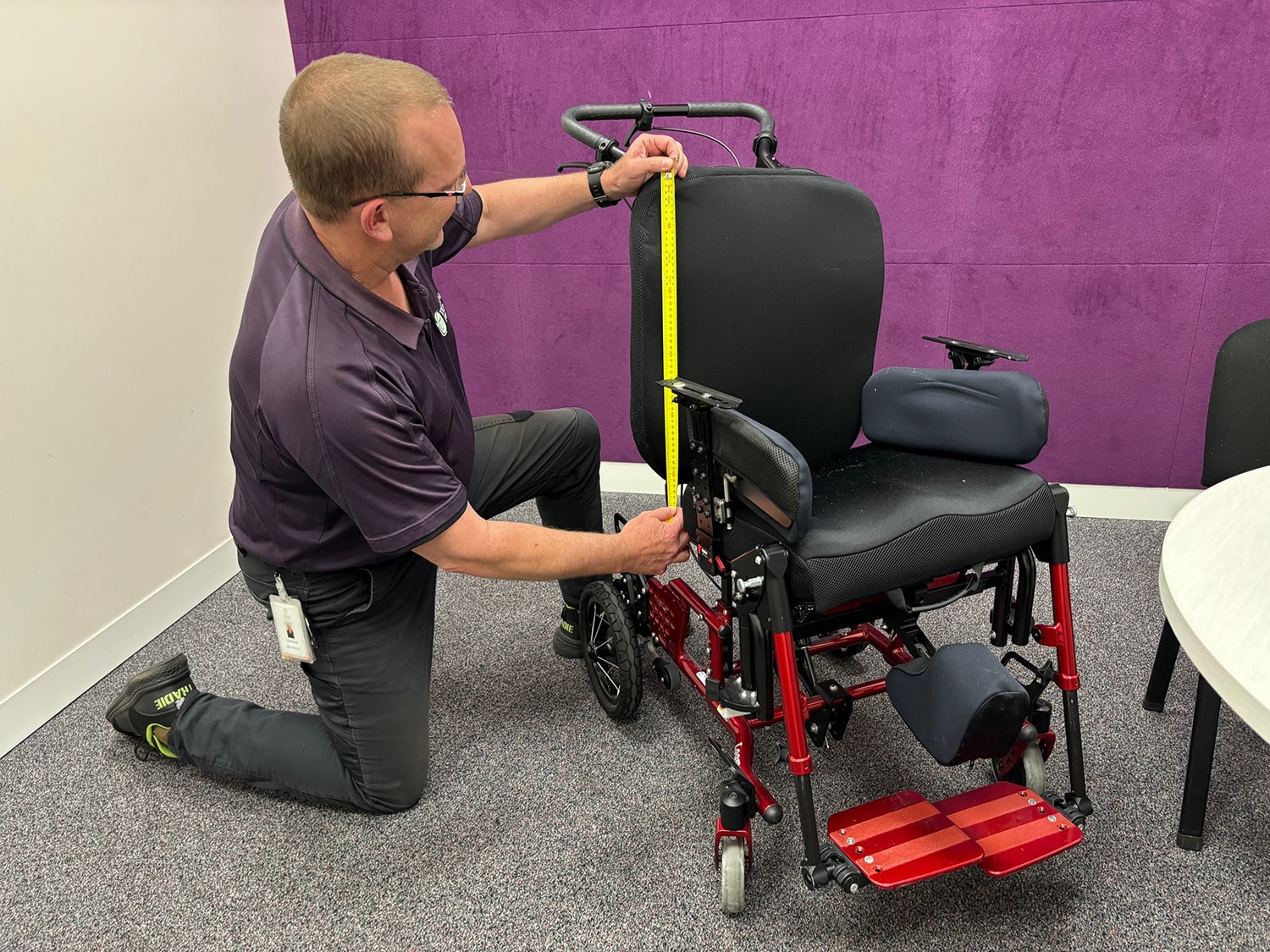Finding the right switch
At Therapy Focus, we have a range of adaptive switches and accompanying mounts that our customers can trial. But what are switches and mounts, and how can they increase independence for people living with disability?
What is a switch?
A switch is an adaptive device that allows people with limited movement to engage with and use electronic devices and other technology. Switches offer solutions for movements that may be difficult for people with disabilities, such as turning a knob. The switch offers an easier movement, such as pressing a button, for example.
Switches can help people with disability, and limited movement, to participate in a range of daily tasks such as using a computer, activating toys, turning devices on/off and using household appliances. They can also operate other assistive technologies, such as voice output devices and powered wheelchairs.
There a many different types of switches and they are often categorized by their unique features and the type of assistance they provide. For example, plate switches are large button switches that are suitable for people who can’t use small buttons and controls, while pillow switches usually have a soft foam surface that can be activated by the head, shoulders, arms or hands.
The primary goal of switching is to increase independence, allowing the user to exercise more control over the things they need and want to do in their daily lives. It can help uncover people’s potential when they are given the right technology and the devices to access the technology.
What is a mount?
Mounts are often used with switches, attaching the switch to the user’s wheelchair or an item of furniture. The mount holds the switch in the correct position for use and allows for easy access.
How do I choose the right switch?
At Therapy Focus, we have an extensive range of up to 15 different switches and accompanying positioning mounts, which allow for completely customisable setups that accommodate individual needs. These switches and mounts are available as part of kits that our customers can trial to see what works best for them.
Before the expansion of our switch kits, trialling switches was a complicated and drawn-out process. Customers would have to travel to various suppliers to trial devices, and limited access to devices meant lengthy wait times. Now we can bring a range of switches to our customers, allowing them to trial the devices in their homes and everyday environments. This makes the trial experience more enjoyable and comfortable and ensures our customers can access the devices they need in a more timely fashion.
The switch kits also allow our therapists to complete comprehensive assessments that help identify which switch and mount setups are best suited to people’s needs, and observe how the devices will be used in their everyday environments.
Curious about how Switches could help you?
For more information about our switch kits, or to arrange an assessment, speak with your Therapy Focus Key Contact or contact us on 1300 135 373.
